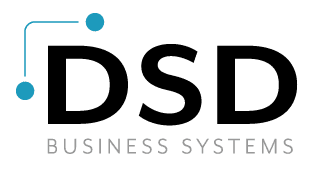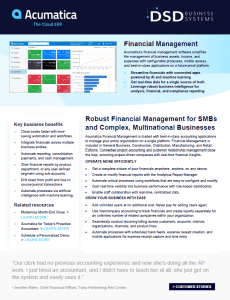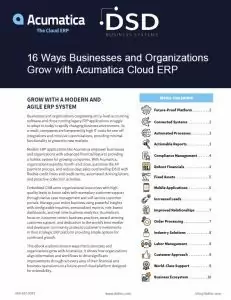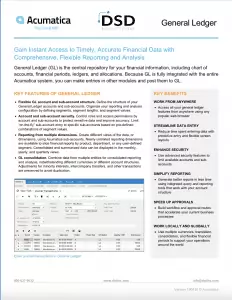
Financial Management
General Ledger
Acumatica General Ledger summarizes the organization’s various financial accounts and transactions, such as accounts receivable, accounts payable, fixed assets, and inventory.

How Acumatica Financial Management General Ledger can work for you
Bring financial information together in the Acumatica General Ledger (GL) module. Fully integrated with the rest of the Acumatica suite, the GL system gives instant access to mission-critical financial data with comprehensive and flexible reporting and analysis of ledger accounts, income, expenses, and assets.
Key benefits of Acumatica Financial Management General Ledger Software
Control GL Accounts & Sub-Account Structure
Define the structures of GL system accounts and sub-accounts. Organize reporting and analysis configuration by defining segments, segment lengths, and segment values.
Protect Organizational Data
Control roles and access permissions by account and sub-accounts to protect sensitive data and improve accuracy. Limit “on-the-fly” sub-account entry to specific sub-accounts based on pre-defined combinations of segment values.
Enhance Reporting
Create different views of data, or dimensions, using Acumatica subaccounts. With Acumatica subaccounts, nearly unlimited reporting dimensions are available to slice financial reports by product, department, or any user-defined segment. Consolidated and summarized data can be displayed in the monthly, yearly, and quarterly views.
Streamline GL Consolidation
Combine data from multiple entities for consolidated reporting and analysis, different currencies or different account structures notwithstanding. Adjustments for minority interests, inter-company transfers, and other transactions are preserved to avoid duplication.
Important Features of Acumatica Financial Management General Ledger
Design financial statements using sub-account segment structure and configured hierarchy.
Publish reports on the web or distribute as Excel or PDF files.
Define monthly, bi-monthly, annual, or custom financial periods.
Keep periods open as long as needed to complete data entry and reconciliation.
Override automatic assignment of the reporting period based on the transaction date – the GL system warns of potential mis-entry.
Enter GL transactions in different currencies with multiple currency support activated. Maintain balances in the base currency and the foreign currency.
- Maintain an unlimited number of budget scenarios, such as optimistic, pessimistic, or expected.
- Grant access rights for team members to provide input without viewing salaries or information from other subsidiaries.
- Approved budgets can be used in comparative statements and analysis reports.
- Add new combinations of valid subaccount segments on the fly during data entry.
- This feature allows efficient ongoing maintenance of a complex reporting structure.
- Distribute GL account balances over multiple accounts and sub-accounts based on predefined allocation rules based on percentages, quantities, or statistical data, or proportional to other account balances.
- Create and run multiple subsequent allocation templates.
- Gain immediate access to GL balances with a complete array of inquiry screens and reports.
- Drill down to the originating document from any inquiry screen or report, even if the transaction was created in another module.
Reverse GL system transactions with one click.
Automatically generate reversing entries in the next financial period during the post procedure or when the financial period closes.
Create recurring income and expense transactions based on specific schedules and time periods.
Design templates with expiration dates, execution limits, and custom execution schedules.
Maintain a complete audit trail of all journal transactions throughout GL management.
Entries cannot be deleted.
Corrections require adjusting entries.
The system tracks the ID of the user who entered the transaction.
Notes and supporting electronic documents can be attached directly to transactions.
- Record revenue and expenses when payments are received or disbursed rather than when the transactions occur.
- Split transaction amounts to transfer portions to other accounts, subaccounts, or branches.
- Identify potential mistakes in posted transactions before closing financial periods, reducing resolution time and improving transaction accuracy.
- AI-powered anomaly detection with machine learning sorts through GL entries and surfaces potential issues to investigate.








